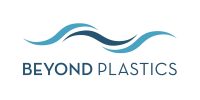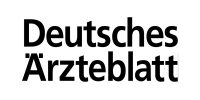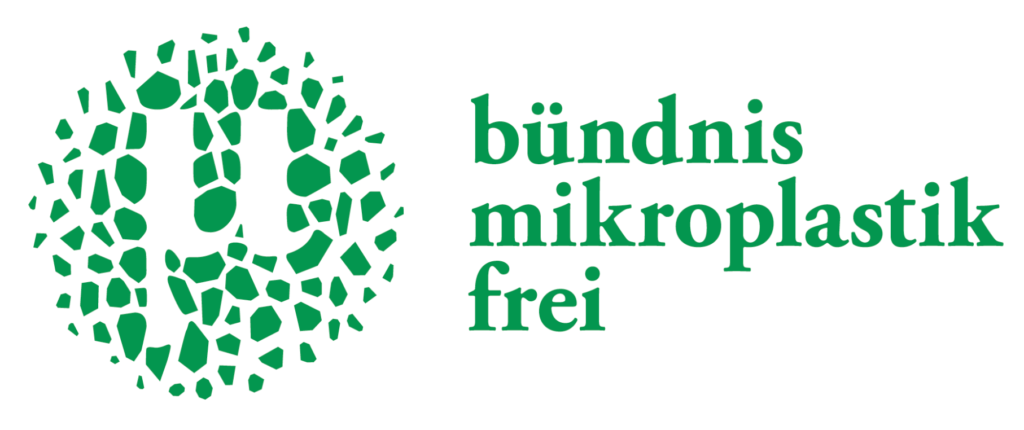Product samples
Product samples from different manufacturers of so-called "cosmeceuticals" are distributed daily in the practices and clinics.
Cosmeceuticals, a neologism made up of "cosmetics" and "pharmaceuticals", contain the highest possible concentration of active ingredients that are approved before they are classified as medicinal products. They therefore have a higher efficacy profile than conventional care products.
On the one hand, these samples offer patients several alternatives to care for their skin, but on the other hand, they are problematic for the environment and also represent a cost factor for the practice.
The environmental factor
Often, boxes wrapped in plastic film are handed in, containing several samples and, in some cases, recommendation pads. Each small mini-package contains a tube, which usually consists of two different types of plastic (lid and tube). Many of the product samples contain a maximum of 5 to 7 ml of content, sometimes mixed with microplastics of different chemical compositions. Some of them contain substances that are suspected of being harmful, for example, hormone-active or toxic to aquatic organisms to have an effect. The energy-intensive production of plastic bags is based on fossil fuels such as gas and petroleum and puts the Greenhouse gas carbon dioxide free.
It can be assumed that thousands of samples are distributed to patients by doctors of different specialities and pharmacists every day. Not all samples are tried out by patients. In addition, many of the tubes and sachets remain in the practice and clinic cabinets beyond their expiry date and have to be sorted through and discarded by healthcare professionals. It is likely that the different types of packaging are rarely separated by practices and consumers, which prevents the recovery of recyclable plastics in waste recycling plants. In Germany alone, several tonnes of incineration waste and thus greenhouse gases are produced every day by product samples. It can also be assumed that some of the samples end up in the environment due to trips and journeys or are disposed of in countries that do not have a suitable waste disposal or recycling system.
The cost factor
In rented properties, product samples occupy storage space and thus consume floor space that generates rental costs. They require the labour of medical professionals to receive, store, sort and dispose of them. The resulting continuous consumption of working time is no longer available to a practice, clinic or pharmacy for other activities and must nevertheless be remunerated. The volume of waste is also increased immensely by product samples and repackaging. Since waste fees in most municipalities and cities are based on the amount of waste generated, this is reflected in the costs to be paid.
Update from 01 August 2022
Plastic is produced on the basis of fossil fuels such as natural gas and oil. The war in Ukraine and the associated successively increasing restriction of gas supplies to Germany therefore clearly call the production and distribution of product samples into question from an economic point of view.
© Dr. med. Dipl. Biol. Susanne Saha 06/2021
Further materials:







